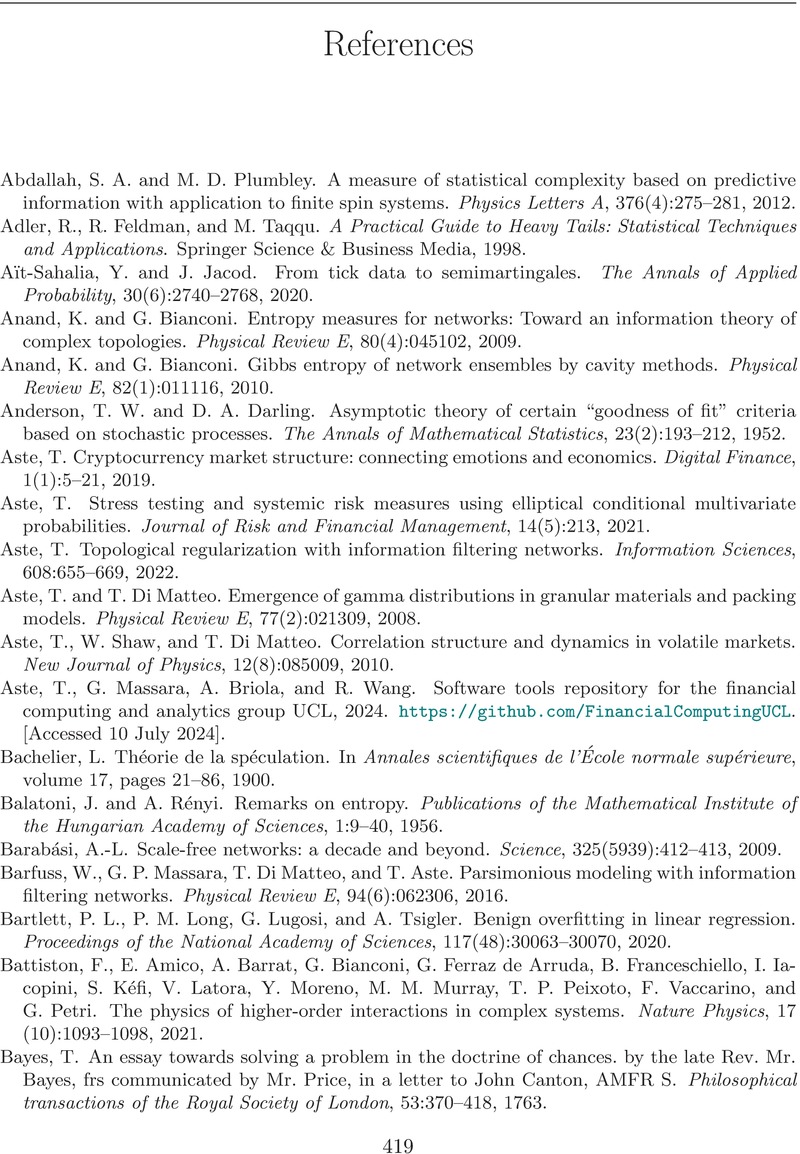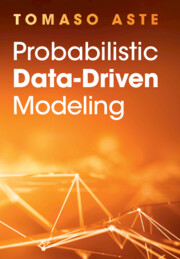Book contents
- Frontmatter
- Dedication
- Contents
- Preface
- Symbols
- Part I Preliminaries
- Part II Foundations of Probabilistic Modeling
- Part III Model Construction from Data
- Part IV Closing
- Appendix A Essentials on Probability Theory
- Appendix B Finding Roots of Nonlinear Equations
- Appendix C Some Optimization Problems and Methods
- Appendix D Principal Components Analysis
- Appendix E Random Forest
- Appendix F Expectation Maximization
- Appendix G Bad Modeling
- References
- Index
- References
References
Published online by Cambridge University Press: 17 May 2025
- Frontmatter
- Dedication
- Contents
- Preface
- Symbols
- Part I Preliminaries
- Part II Foundations of Probabilistic Modeling
- Part III Model Construction from Data
- Part IV Closing
- Appendix A Essentials on Probability Theory
- Appendix B Finding Roots of Nonlinear Equations
- Appendix C Some Optimization Problems and Methods
- Appendix D Principal Components Analysis
- Appendix E Random Forest
- Appendix F Expectation Maximization
- Appendix G Bad Modeling
- References
- Index
- References
Summary

Information
- Type
- Chapter
- Information
- Probabilistic Data-Driven Modeling , pp. 419 - 428Publisher: Cambridge University PressPrint publication year: 2025
